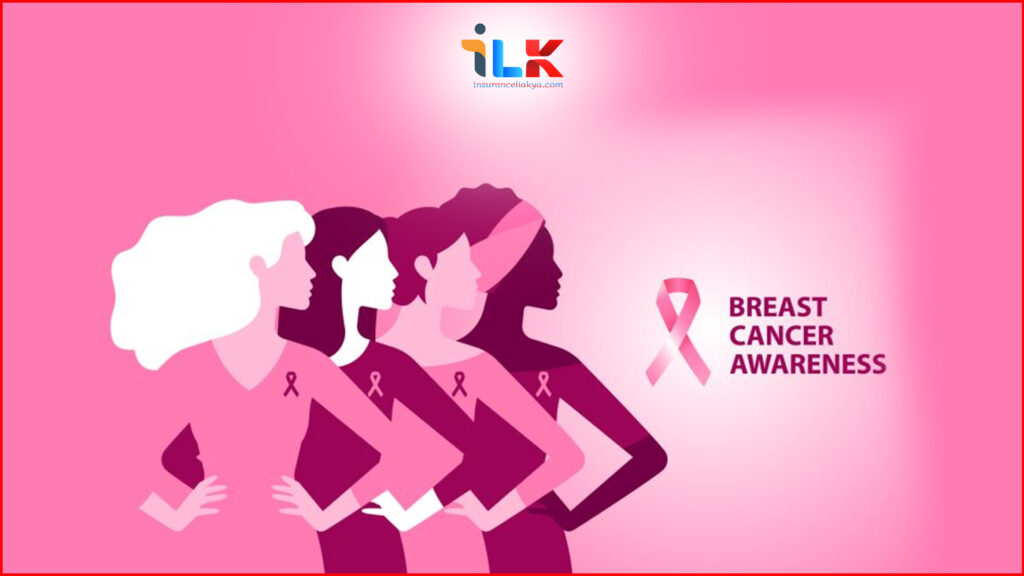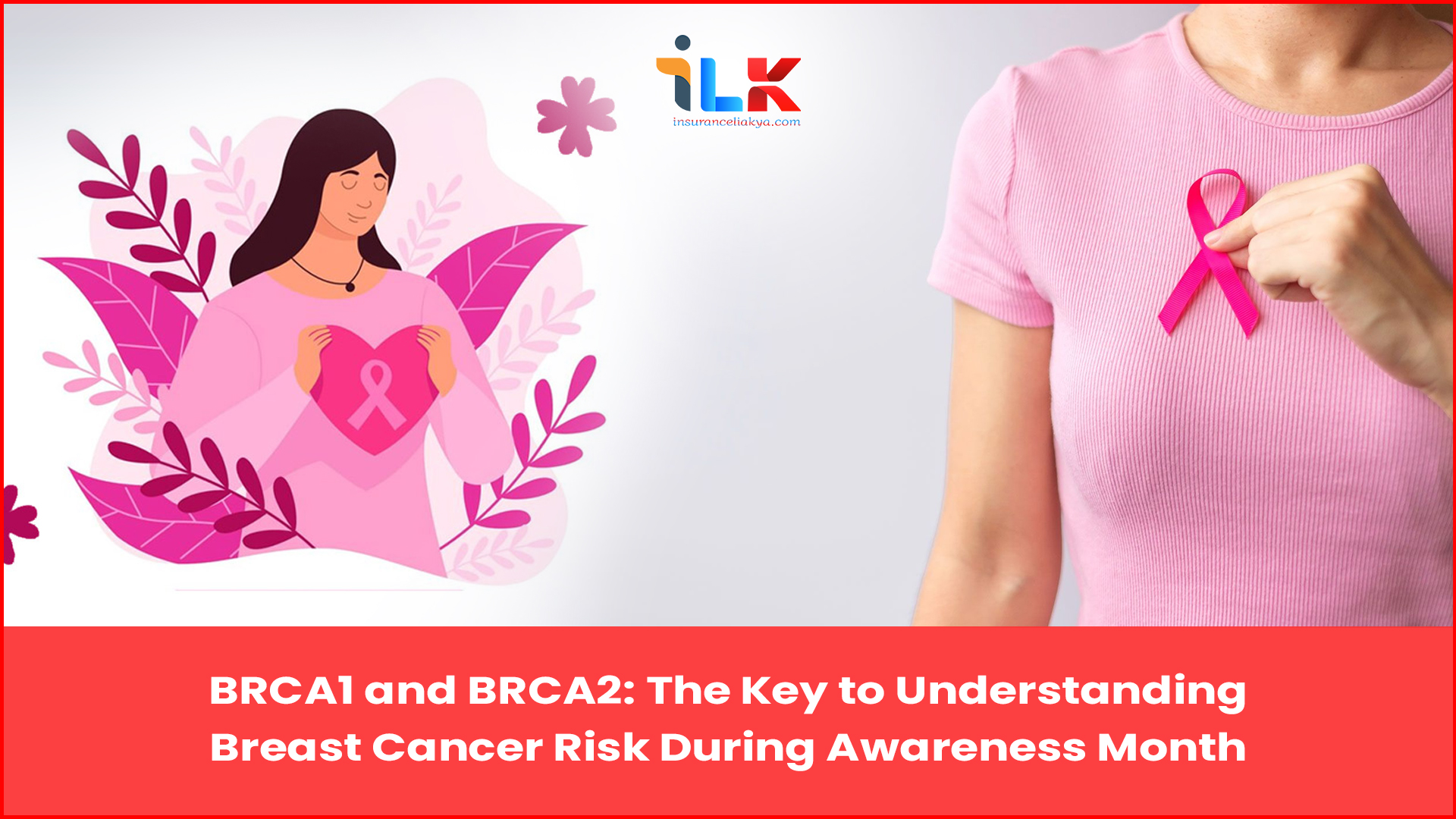Breast Cancer Awareness Month is a time when we put the spotlight on early detection, treatment, and prevention of breast cancer. Among the two most salient genes that hold a key to understanding breast cancer risk are BRCA1 and BRCA2. Mutations in either gene increase the risk of breast and ovarian cancers significantly. This understanding of the genetic factors will enable individuals to take well-informed decisions regarding health care and to proactively take control over risks.
What Is BRCA1 and BRCA2?
BRCA1 and BRCA2 are human genes that encode proteins meant to fix broken DNA. These proteins help ensure the stability of a cell’s genetic information so that cells grow and divide properly. Mutations in either of these genes, however, can compromise the cell’s ability to fix DNA damage, thereby increasing the risk of cancer.
Individuals with inherited mutations in BRCA1 or BRCA2 have a much greater risk of developing breast and ovarian cancers and other cancers, including prostate cancer in men. Knowledge about these genetic mutations has become an integral part of the practice of managing and preventing breast cancer.
How Does BRCA1 and BRCA2 Affect My Risk of Breast Cancer?
While not all breast cancers are caused by mutations in the BRCA1 and BRCA2 genes, for those who do, the risk is serious. A woman with a BRCA1 mutation has a 55-65 percent chance of developing breast cancer by age 70. For a woman with a BRCA2 mutation, the chance is slightly lower, at 45-55 percent.
These mutations may also predispose individuals to the development of a secondary primary breast cancer subsequent to the first incidence. Moreover, the incidence of ovarian cancer is greatly increased in individuals who suffer from such mutations; therefore, the carriers especially need to be aware of such possible risks and take measures accordingly.

Genetic Testing: A Useful Tool for Risk Assessment
Genetic testing discussions are relevant in Breast Cancer Awareness Month. BRCA1 and BRCA2 mutations are hereditary, which means that should a parent have the mutation, then there is a 50% chance of passing it on to the children. Through the risk assessment tool provided by genetic testing, determining individuals’ risk levels with a pronounced family medical history of breast or ovarian cancers helps identify most patients.
Testing for those genetic changes can be done with a simple blood or saliva test that detects mutations to the BRCA1 and BRCA2 genes. If there is a mutation, it allows for collaboration with healthcare professionals to design a plan to manage one’s own individual risk, which may include additional screening, lifestyle choices, or preventive surgery.
Managing BRCA1 and BRCA2 Risks
Knowing you have a BRCA1 or BRCA2 mutation doesn’t mean you will develop cancer, but it does mean you are at increased risk. Fortunately, there are several ways to manage and reduce that risk:
Increased Screening. Women with a BRCA1 or BRCA2 mutation may require more frequent mammograms, MRIs, or other imaging tests beginning earlier in their lives.
Risk-Reducing Surgery: Some women may undergo a preventive mastectomy or even an oophorectomy, which involves the removal of the ovaries, thus lowering the risk significantly for breast or ovarian cancer.
Chemoprevention: Tamoxifen, amongst others, is administered to women who bear a BRCA mutation so as to help alleviate the risk of breast cancer.
Lifestyle Modification: A healthy diet and exercise, or even the eradication of smoking habits, can help alleviate the risk of cancer.
Family History and Cancer
Another key consideration is the history through your family that might include when some of your relatives have been identified as potentially benefiting from genetic testing for BRCA1 and BRCA2 mutations. In any case, the involvement of many or all of the same side of your relatives with breast and ovarian cancer, especially at a relatively young age, or other cancers associated with BRCA mutations-such as prostate or pancreatic cancer-will warrant discussing genetic testing with a healthcare provider.

Empowering the Woman in Awareness and Education
Breast Cancer Awareness Month – and of course, one cannot miss talking about the BRCA1 and BRCA2 mutations. The concept of BRCA1 and BRCA2 mutations depicts a sense of how genetic information can empower people in controlling their health and lives. Such knowledge on the genes develops an understanding about the level of risk related to breast cancer among women and allows them to make proactive decisions in their health care system.
For many, genetic testing and personal risk management can literally be life-saving. It is also important to note that breast cancer does not just happen randomly-the underlying genetics of its development, including BRCA1 and BRCA2, need to be learned about to prevent and manage it.
Conclusion
Breast Cancer Awareness Month reminds us about learning more about our individual risk factors, especially the role of BRCA1 and BRCA2 mutations. Thus, with genetic testing and personal care plans, women take control of their risk for breast cancer and make proactive approaches to their preventive options with the involvement of healthcare professionals. By arousing these critical genetic factors, more people can be empowered to take informed decisions that may save lives.



